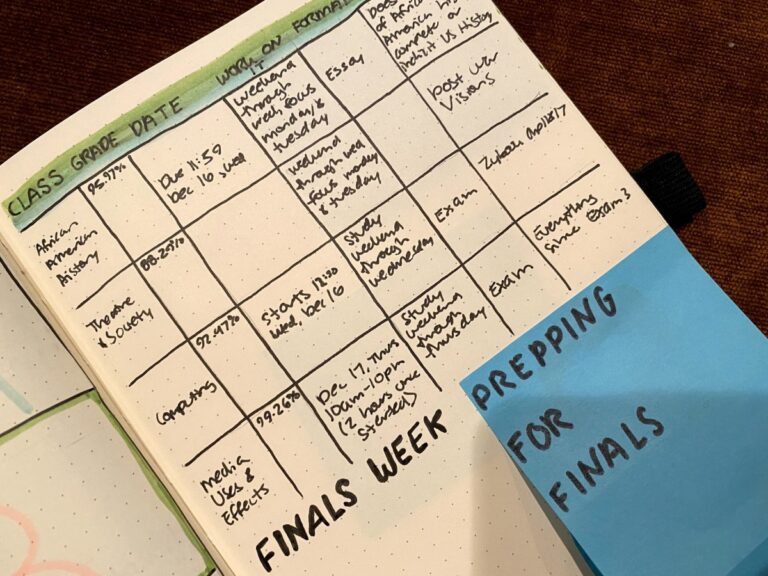Women have long been present in the world of Education, yet not always celebrated or remembered. Despite their challenges, these women have laid the foundation to much of our youth’s education and rights today. In celebration of Women this month, read below to learn about 9 influential game changing women in Education.
Maria Montessori (1870 -1952)
Known for creating the self-motivated philosophy of education self titled: Montessori. The Montessori Approach focuses on teaching young children through self exploration and a child-centric model. Students are encouraged to learn at their pace and move freely in their instruction. Montessori believed in providing students with an alternative to high-pressure traditional schooling approaches with emphasis on grades and tests. Her approach has proven to elicit a high quality, and intrinsic motivation for learning.
Mary Jane McLeod Bethune (1875 – 1955)
Mary Jane McLeod Bethune was an American educator, stateswoman, humanitarian, and civil rights activist. While she has many different and diverse accomplishments, here are a few to remember this month: Bethune founded the National Council for Negro Women in 1935 – helping pave the road for advocacy and empowerment of African American women, she led the National Association for Colored Women, was appointed as a national advisor to FDR, founded the Federal Council on Colored Affairs, widely known as the Black Cabinet. Through these accomplishments, Bethune has rightly earned her title as “First Lady of Negro America” and the “Female Booker T. Washington”. Her contributions do not stop with congress as she also made waves in the education world. Bethune fought to support the education of Black youth, setting the standard for quality education for Black communities through starting her private school for African-American students in Florida. Her school would later become Bethune-Cookman University, a college that continues to set the high standards for Black colleges and education.
Patsy Mink (1927 – 2002)
An American attorney and politician from Hawaii and a third-generation Japanese American, Patsy Matsu Takemoto Mink fought for her place in congress and education. Mink’s journey began with a great deal of rejection as she was first denied from medical school because of her gender, and then passed on for job after job because she was a mother. Refusing to settle, Mink set her sights on Congress, going on to become the first woman of color elected to the U.S. Congress, where she served 13 sessions in the House of Representatives. Mink is recognized as the major author and sponsor of Title IX, legislation that today works to fight the very discrimination she faced. Mink did not stop there as she went on to play an instrumental role in passing the Women’s Educational Equity Act in 1974, providing funding to help end discrimination in education programs.
Michelle Obama (1964 – present)
During her time as First Lady, Michelle Obama founded and launched Let Girls Learn, a government initiative designed to support and aid young girls in receiving a quality education. Sixty-two million girls around the world are not in school, despite the knowledge that education leads to later marriages, higher salaries, and healthier families. Michelle saw the facts and spread them to raise awareness of female education, citing the Global Partnership for Education stating how “a one-percent increase in female education in a county raises the average gross domestic product (GDP) by 0.3% points and raises annual GDP growth rates by 0.2% points.” She believed in the power held by educating young girls and called upon countries around the globe to increase access to education and work for girls to foster new leaders both in the United States and the rest of the world. She launched her initiative in schools through programs and competitions across the US, demonstrating the value of educating our girls and just how much they can do when given the right support.
Malala Yousafzai (1997 – present)
Raised in Pakistan, Malala Yousafzai grew up under a Taliban reign and lost many of her rights as a young girl. At the age of 10, the Taliban gained control and banned girls from going to school. In 2012, 15 year old Malala risked her life to speak out publicly against the Taliban and fight for her and her fellow girls’ right to learn, placing a large target on her back. She was shot on her way home from school as a gunman boarded her school bus and attempted to take her life. Fortunately, she awoke 10 days later in England, and has since dedicated her life to fighting for girls’ education across the world. She went on to receive her degree from Oxford University and continues to fight every day for girls’ rights to education through her organization the Malala Fund.
Nikole Hannah-Jones (1976 – present)
Nikole Hannah Jones worked to ensure proper and inclusive history education in public schools. She is a Pulitzer Prize-winning reporter, a Macrthur Fellow, and the creator of the 1619 Project dedicated to education reform. She works through this project to revolutionize, deepen, and complexify the education history students receive in public schools. Hannah-Jones also uses her work to write about racial injustice and call for reform while identifying the basis of racial segregation in schools and highlighting its current presence in our schools. She continues to fight for greater educational equality through being informed and educated.
Dr. Bettina L. Love (1979 – present)
Dr. Bettina L. Love is a Professor in Education at the University of Georgia, where she has focused her work in abolitionist teaching. As a pioneer in its establishment, Love focuses her teachings on restoring humanity for children in schools. Dr. Love’s work is dedicated to bringing education reform, anti-racism, queer studies, and carceral studies to the classroom.
Sally Ride (1951 – 2012)
An inspiration and advocate for women in STEM, Sally Ride is known as the first American woman astronaut as well as the first known LGBTQ+ astronaut. She was selected from 1000 other applicants to go through an intense training program and eventually head to space. She took two trips to space before her third was cancelled due to safety concerns. After leaving NASA, Ride worked as a professor and directed the California Space institute. She didn’t stop her as she went on to found her own company, Sally RIde Science, created to be a platform to inspire young women to pursue science and math related educational and career fields.
Stephanie Bravo
Last, but certainly not least, we celebrate Stephanie Bravo, co-founder of StudentMentor.org, a non-profit dedicated to providing low-income college students with access to industry professionals. Their mission is to help these students build relationships and connections with professionals in the fields they want to go into without the barrier of generational wealth and privilege. Today, the program has and continues to serve thousands of colleges all across the country. Bravo is recognized as one of the few women of color in corporate social responsibility at a leading technology company in Silicon Valley where she continues to support and advocate for social programs such as Girls Who Code, Girls in Tech, Black GIrls Code, Latinas in Tech, and more.









